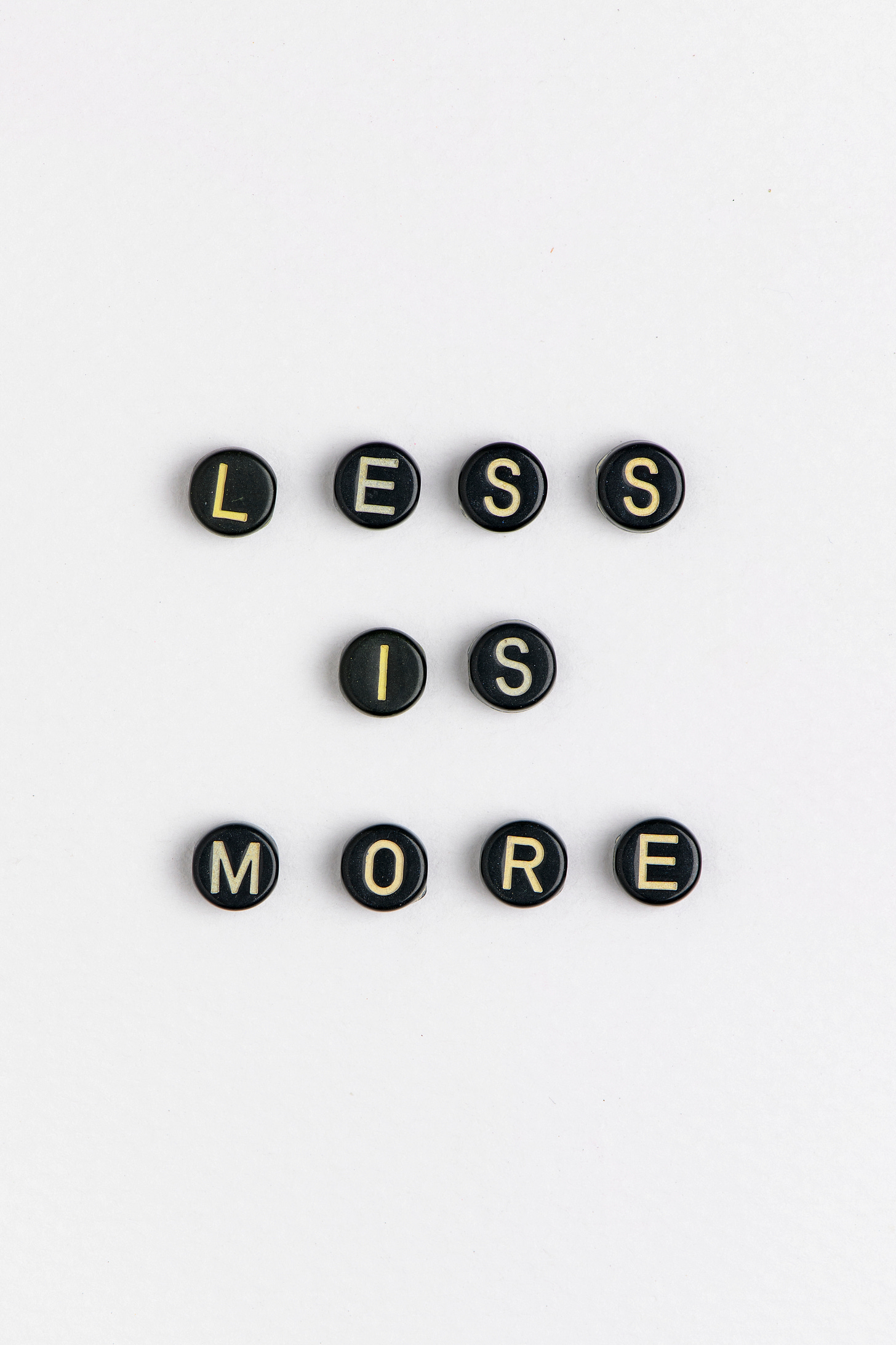True Asynch
What is truly asynchronous work and how do high-performing teams function, today?
In an earlier post, Fighting for Time, I introduced the idea of time poverty, the sense that we never have enough time to accomplish all the things we need to do. In 2011, 70% of Americans reported they were time-poor. By 2018, the percentage of afflicted grew to 80%.
On a personal level, we are fighting for time. One way to think about it in the work context is the distinction between me-time and we-time, as I defined it last week:
Me-time is when individuals are focused on deep work -- writing, thinking, programming, planning, designing -- it’s just someone working alone with the tools and artifacts of their trade.
We-time is when we are involved in communications with others -- meetings, calls, and working sessions; 1:1 or 1:many -- where the focus of the participants is split between the topic at issue (like discussing a project) and the many social aspects of the interaction (negotiation, arguing for and against ideas or propositions, establishing how the project will impact the project participants, and other social aspects of the topic at issue).
Clearly, organizations have a strong incentive to counter the trend of time poverty, help workers concentrate on me-time, and drastically minimize we-time. But how?
Researchers Christoph Riedl and Anita Williams Woolley make a clear case for collectively defending me-time at the organizational level. The key is ‘burstiness’: a regime concentrating as much communication into as narrow a timeframe as possible:
Our research suggests that such bursts of rapid-fire communications, with longer periods of silence in between, are hallmarks of successful teams. Those silent periods are when team members often form and develop their ideas — deep work that may generate the next steps in a project or the solution to a challenge faced by the group. Bursts, in turn, help to focus energy, develop ideas, and achieve closure on specific questions, thus enabling team members to move on to the next challenge.


